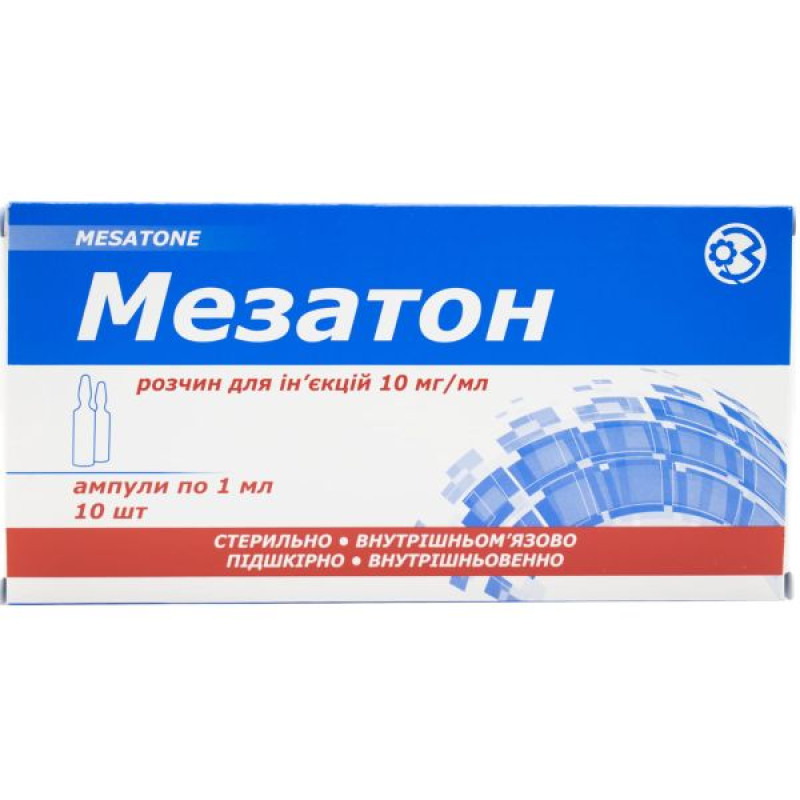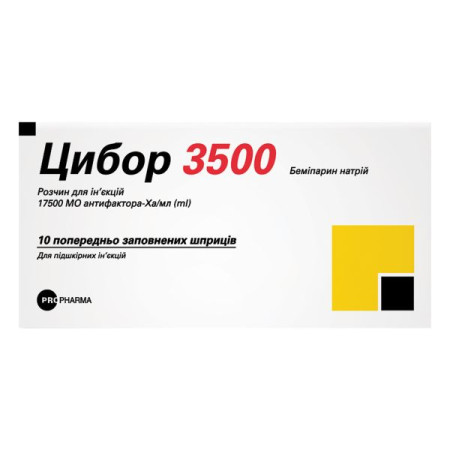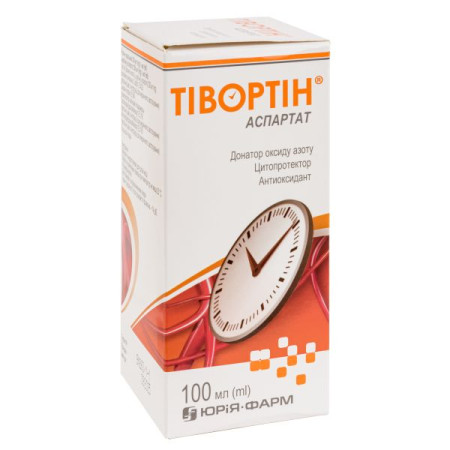Mezaton solution for injection 10 mg/ml ampoule 1 ml No. 10

Mezaton injection solution is used for the following indications:
arterial hypotension; shock (traumatic, toxic); vascular insufficiency in case of overdose of vasodilators; as a vasoconstrictor during local anesthesia.Composition
The active substance is phenylephrine (1 ml of solution contains phenylephrine hydrochloride 10 mg).
Excipients: glycerin, water for injection.
Contraindication
hypersensitivity to the components of the drug; all types of arterial hypertension, cardiosclerosis, halothane or cyclopropane anesthesia, hypertrophic cardiomyopathy, pheochromocytoma, ventricular fibrillation, occlusive vascular diseases: arterial thromboembolism, atherosclerosis, thromboangiitis obliterans (Buerger's disease), Raynaud's disease, susceptibility of vessels to spasms during frostbite, diabetic endarteritis, thyrotoxicosis, tachyarrhythmia, metabolic acidosis, hypercapnia, hypoxia, glaucoma, severe aortic stenosis, acute myocardial infarction, porphyria, glucose-6-phosphate dehydrogenase deficiency, diabetes mellitus; patients with prostate diseases in whom there is an increased risk of urinary retention; simultaneous administration with MAO inhibitors and within 14 days after their discontinuation; elderly patients.Method of application
The drug is administered to adults intravenously, intramuscularly and subcutaneously. A single dose of the drug for intravenous administration in case of collapse is 0.1-0.3-0.5 ml of 1% solution. For intravenous administration, dilute the single dose in 20 ml of 5% glucose solution or 0.9% sodium chloride solution, administer slowly, in a jet. If necessary, repeat the administration.
The drug can be administered intravenously by drip, for which 1 ml of 1% Mezaton solution is dissolved in 250-500 ml of 5% glucose solution.
For intramuscular and subcutaneous administration, a single dose for adults is 0.3-1 ml of a 1% solution.
For local anesthesia, add 0.3-0.5 ml of 1% solution per 10 ml of anesthetic solution.
To prevent "withdrawal syndrome", after prolonged infusion of the drug, the dose should be reduced gradually.
Resume the infusion if systolic blood pressure drops to 70-80 mm Hg.
Higher doses for adults with intramuscular and subcutaneous administration: single dose - 10 mg, daily dose - 50 mg. Higher dose for intravenous administration to adults: single dose - 5 mg, daily dose - 25 mg.
Application features
Pregnant women
The drug is contraindicated during pregnancy or breastfeeding. If necessary, use of the drug should be discontinued.
Children
The drug should not be used in children.
Drivers
When using the drug, it is contraindicated to drive vehicles or other dangerous mechanisms.
Overdose
Symptoms: ventricular extrasystole, short paroxysms of ventricular tachycardia, feeling of heaviness in the head or limbs, excessive increase in blood pressure.
Treatment: administer short-acting α-blockers (phentolamine) intravenously. In case of cardiac arrhythmia, administer β-blockers (propranolol).
Side effects
From the cardiovascular system: angina attacks, bradycardia, increase or decrease in blood pressure, tachycardia, ventricular arrhythmias (especially when used in high doses), increased heartbeat.
From the nervous system: headache, irritability, motor restlessness, dizziness, feeling of fear, anxiety, weakness, paleness of the face, tremor, convulsions, cerebral hemorrhage.
Gastrointestinal tract: nausea, vomiting.
Respiratory system: shortness of breath.
Allergic reactions: skin rashes, itching.
From the organ of vision: eye pain, conjunctival hyperemia, allergic reaction on the eyelids, mydriasis.
From the urinary system: urination disorders, urinary retention.
Storage conditions
Store in the original packaging at a temperature not exceeding 25 °C, out of the reach of children.
Shelf life - 4 years.
There are no reviews for this product.
There are no reviews for this product, be the first to leave your review.
No questions about this product, be the first and ask your question.






